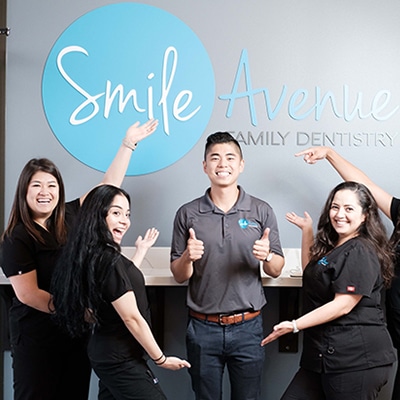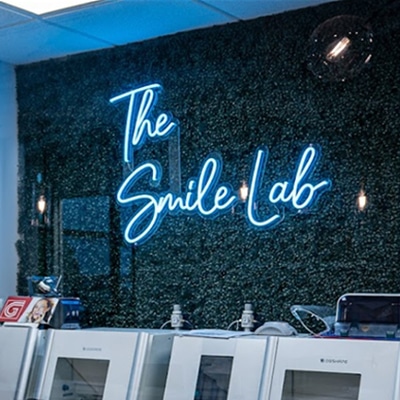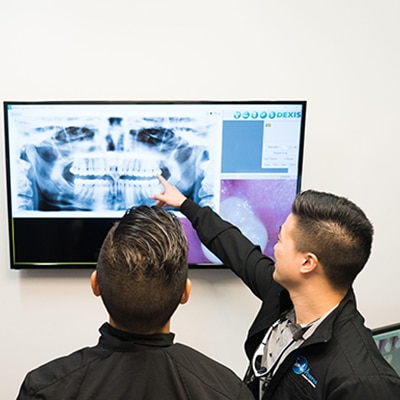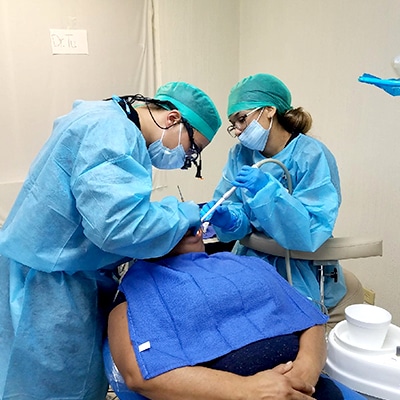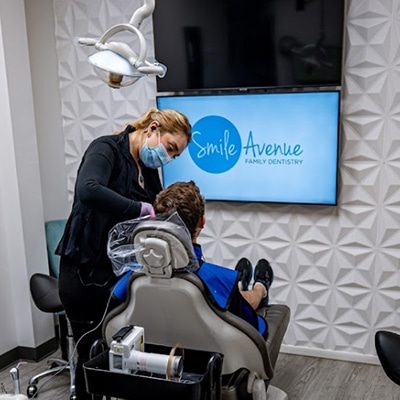
Shiny, white teeth symbolize a healthy and confident smile. Many individuals opt for whitening strips as a convenient at-home solution to achieve this coveted pearly glow. Amid concerns about their effectiveness and safety, a common query persists: Is it necessary to brush your teeth after using whitening strips? This blog post will examine whitening strips, their functioning, and potential risks, and address the toothbrushing dilemma. Get your toothpaste ready for some enlightening insights!
What are Whitening Strips?
Whitening strips are a popular option for people who want to enhance their smile without the inconvenience and cost of professional whitening treatments. These thin, flexible strips are covered with a gel that contains either hydrogen peroxide or carbamide peroxide, which is the active ingredient responsible for removing stains on your teeth.
Using the strips is simple – just place them over your top and bottom teeth, ensuring they stick properly. The gel then penetrates the enamel, breaking down surface stains from years of coffee drinking or consuming colorful foods.
One of the benefits of whitening strips is their convenience. You can use them at home, whenever it’s convenient for you. There’s no need to schedule an appointment or endure lengthy dental procedures. Additionally, they are relatively affordable compared to other whitening options.
It’s important to understand that not all whitestrips are the same. Some brands may provide different strengths of peroxide concentration or varying wear times. It’s crucial to carefully read and follow the instructions from the manufacturer to achieve safe and effective results.
Now that you have a basic understanding of what whitening strips are, let’s explore how they work their magic.
How do Whitening Strips work?
Whitening strips have become a popular at-home teeth whitening solution for individuals looking to enhance their smiles. But how do these strips function? The primary ingredients in whitening strips usually include hydrogen peroxide or carbamide peroxide, both recognized as bleaching agents. As the strip is applied to the teeth, these ingredients permeate the enamel, working to break down stains at a molecular level.
Once on the teeth, the peroxide discharges oxygen molecules that pinpoint and oxidize colored compounds in the enamel. This oxidation process assists in eliminating surface stains and lightening the overall shade of the teeth.
The duration for wearing whitening strips can differ based on the brand and potency of the product. Some may only need 30 minutes per day, while others may need to be worn for an hour or more.
It’s important to recognize that whitening strips primarily focus on external stains, such as those caused by coffee or tobacco use. They may not be as effective on internal discoloration caused by factors like genetics or certain medications.
When used correctly and consistently, whitening strips can help enhance tooth color without causing significant damage to the enamel. However, it’s always best to consult with your dentist before starting any new whitening regimen to ensure it’s suitable for your oral health needs. So go ahead and enjoy a brighter smile with confidence!
What are the risks of using Whitening Strips?
Brightening your teeth with whitening strips is a popular and convenient option. However, there are some risks involved as well. While they can provide noticeable results, there are a few things you should consider before using them.
One risk of using whitening strips is tooth sensitivity. The chemicals in the strips can irritate the gums and cause temporary discomfort or sensitivity in the teeth. This sensation usually subsides after a short period of time, but it can be unpleasant for some individuals.
Another risk is enamel damage. A whitening strip contains hydrogen peroxide or carbamide peroxide, which removes stains from teeth. However, if used improperly or too frequently, these chemicals can erode the enamel and weaken the overall structure of your teeth.
In addition to enamel damage, overuse of whitening strips may also lead to gum irritation and inflammation. The chemical ingredients in these products can cause irritation when they come into contact with sensitive gum tissue.
Although not everyone will experience these risks when using whitening strips, it’s worth noting. Some people have more resilient enamel and less sensitive gums than others. Nevertheless, it’s always wise to consult with your dentist before starting any whitening treatment to ensure it’s suitable for you.
While whitening strips can effectively enhance your smile, it’s crucial to understand their potential risks beforehand so that you can make an informed decision about whether or not they are right for you.
Should I Brush My Teeth After Using Whitening Strips?
Is it advisable to brush your teeth right after using Whitening Strips? This question often arises among individuals seeking to enhance their smiles. While some believe that immediate brushing can eliminate any residue or excess whitening product, others argue against it.
One viewpoint supports immediate brushing to remove leftover products and ensure thorough cleaning, promoting oral hygiene. However, opposing beliefs caution that brushing right after whitening may harm the temporarily softened enamel, potentially leading to tooth sensitivity or enamel erosion.
To find a middle ground, dental professionals often recommend waiting at least 30 minutes before brushing post-whitening. This allows the enamel to reharden, minimizing the risk of damage.
Ultimately, the decision to brush immediately or wait depends on personal preference and professional advice. Balancing good oral health with the desire for whiter teeth is key, so consulting with your dentist will help determine the best approach for you!
Whitening strips offer a convenient method for achieving a brighter, more confident smile by using peroxide-based gels to eliminate surface stains on tooth enamel. However, it’s crucial to be aware of potential risks such as tooth sensitivity or gum irritation during or after treatment. Adhering to the manufacturer’s instructions and consulting your dentist for any concerns is advisable.
Regarding whether to brush your teeth after using whitening strips, there isn’t a definitive answer. Some experts suggest immediate brushing to remove residue, while others recommend waiting 30 minutes to let the enamel rehydrate and reduce potential abrasion.
Ultimately, the decision depends on personal preference and comfort. If choosing to brush afterward, use a soft-bristled toothbrush with gentle strokes to avoid overdoing it and causing enamel erosion.
Emphasizing good oral hygiene practices is crucial for maintaining a healthy smile. Brushing twice daily with fluoride toothpaste, regular flossing, and routine dental check-ups contribute to both white teeth and overall dental health.
While there may not be a universal answer regarding post-whitening strip brushing, practicing proper oral care ensures a brighter smile and optimal dental well-being in the long term.



